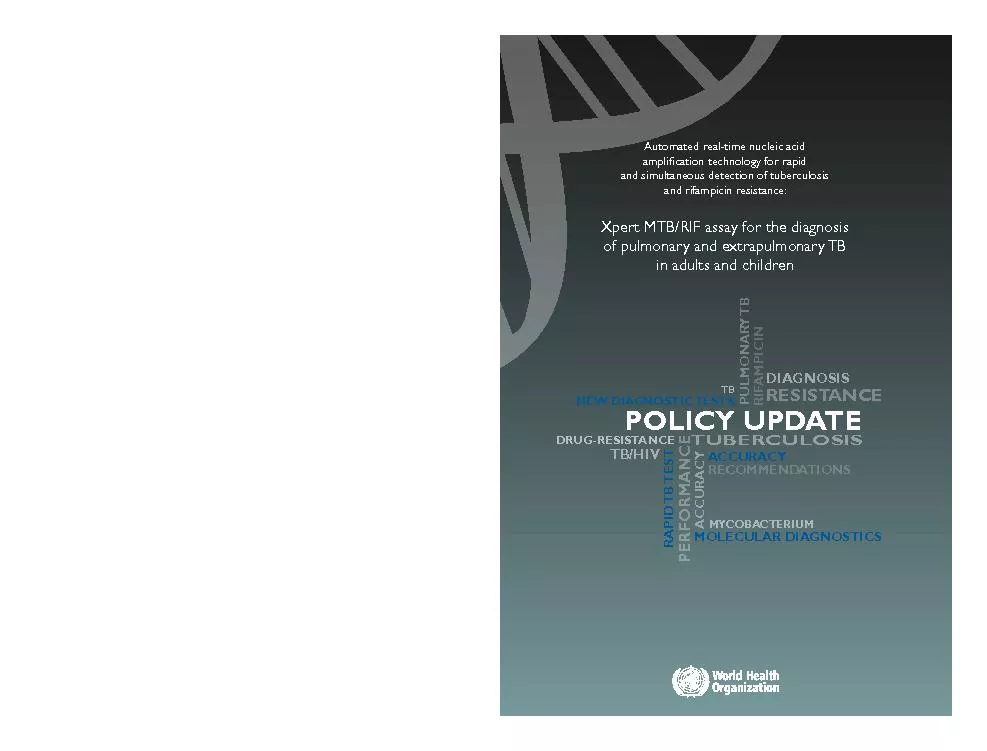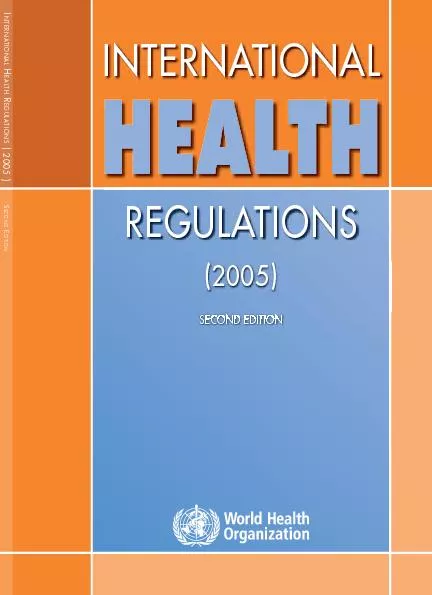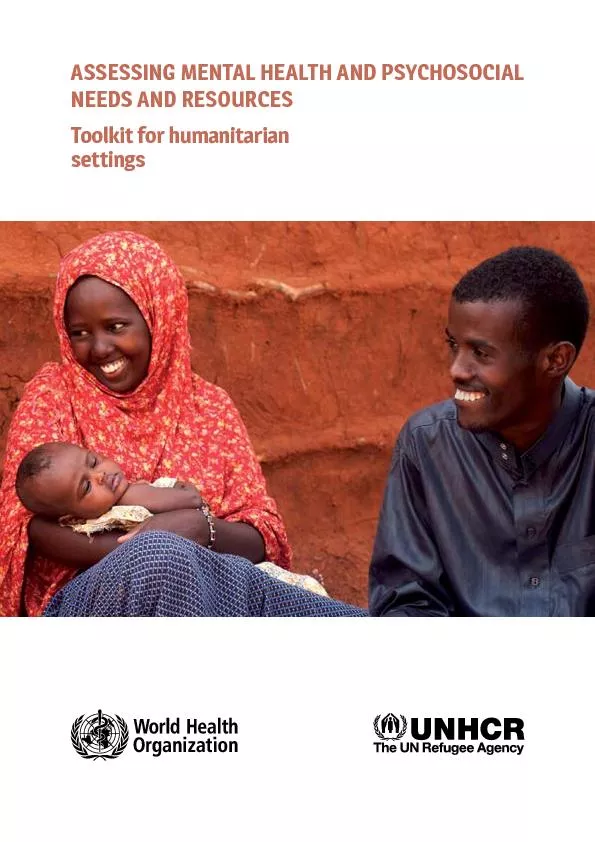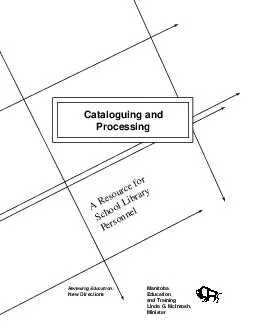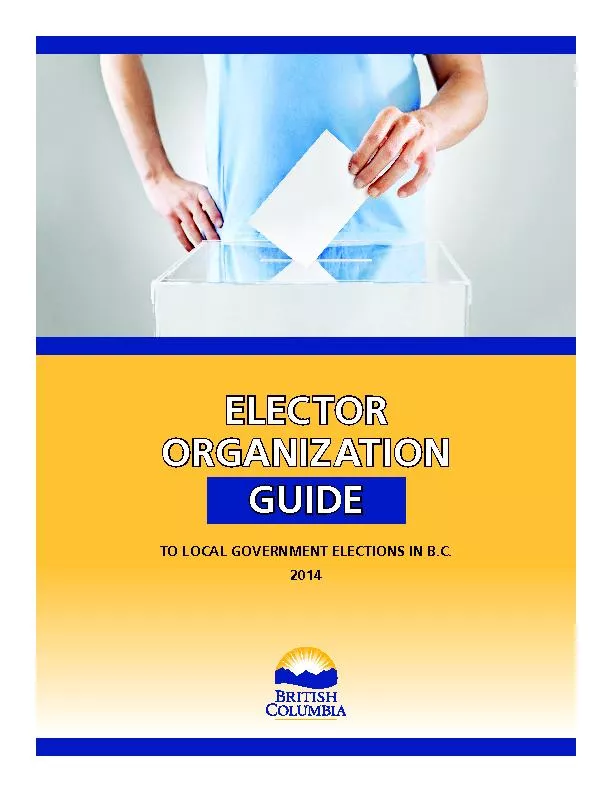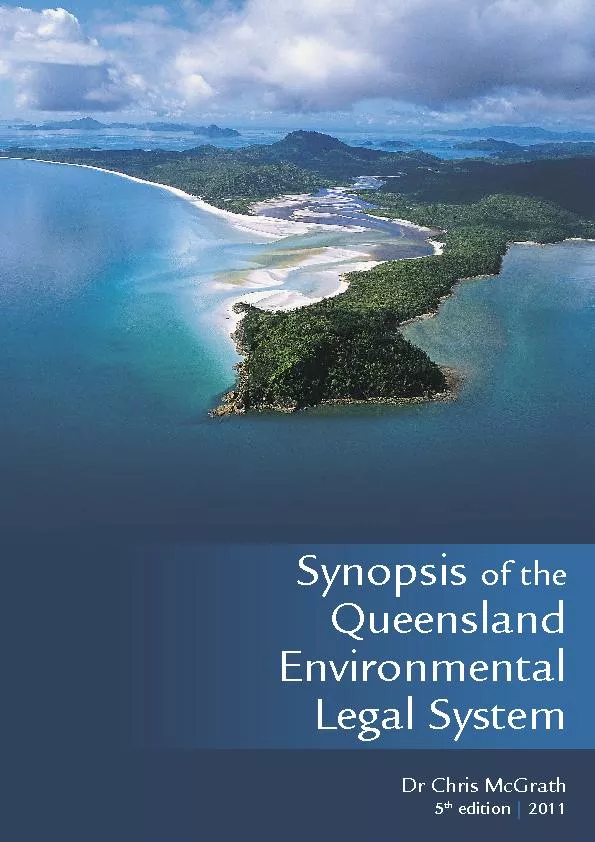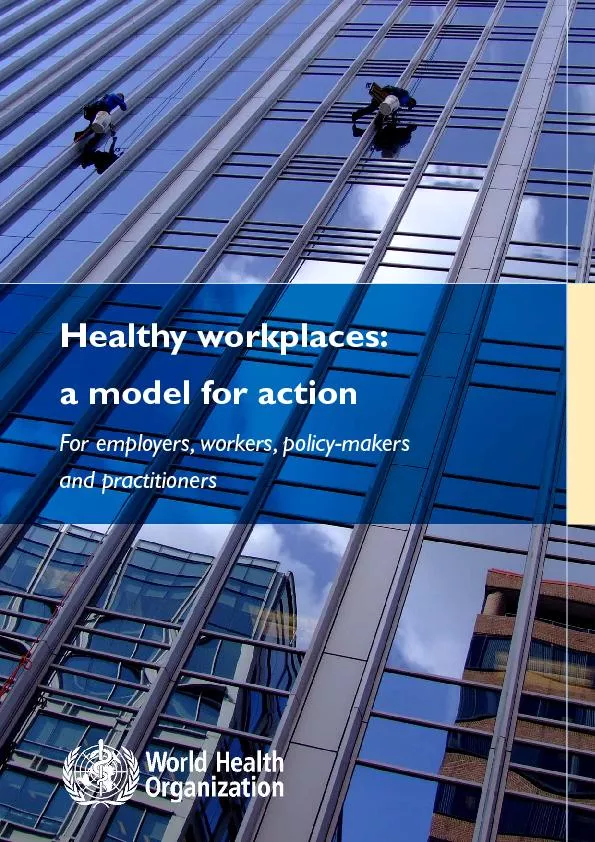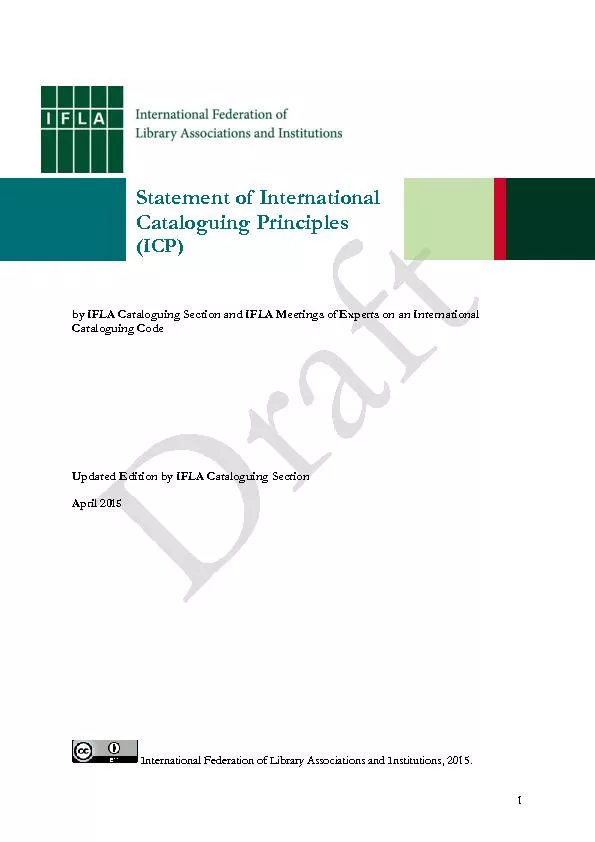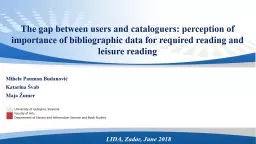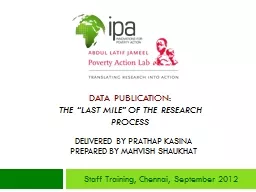PDF-WHO Library Cataloguing-in-Publication Data
Author : pasty-toler | Published Date : 2016-08-20
Automated realtime nucleic acid amplication technology for rapid and simultaneous detection of tuberculosis and rifampicin resistance Xpert MTBRIF assay for the
Presentation Embed Code
Download Presentation
Download Presentation The PPT/PDF document "WHO Library Cataloguing-in-Publication D..." is the property of its rightful owner. Permission is granted to download and print the materials on this website for personal, non-commercial use only, and to display it on your personal computer provided you do not modify the materials and that you retain all copyright notices contained in the materials. By downloading content from our website, you accept the terms of this agreement.
WHO Library Cataloguing-in-Publication Data: Transcript
Download Rules Of Document
"WHO Library Cataloguing-in-Publication Data"The content belongs to its owner. You may download and print it for personal use, without modification, and keep all copyright notices. By downloading, you agree to these terms.
Related Documents

